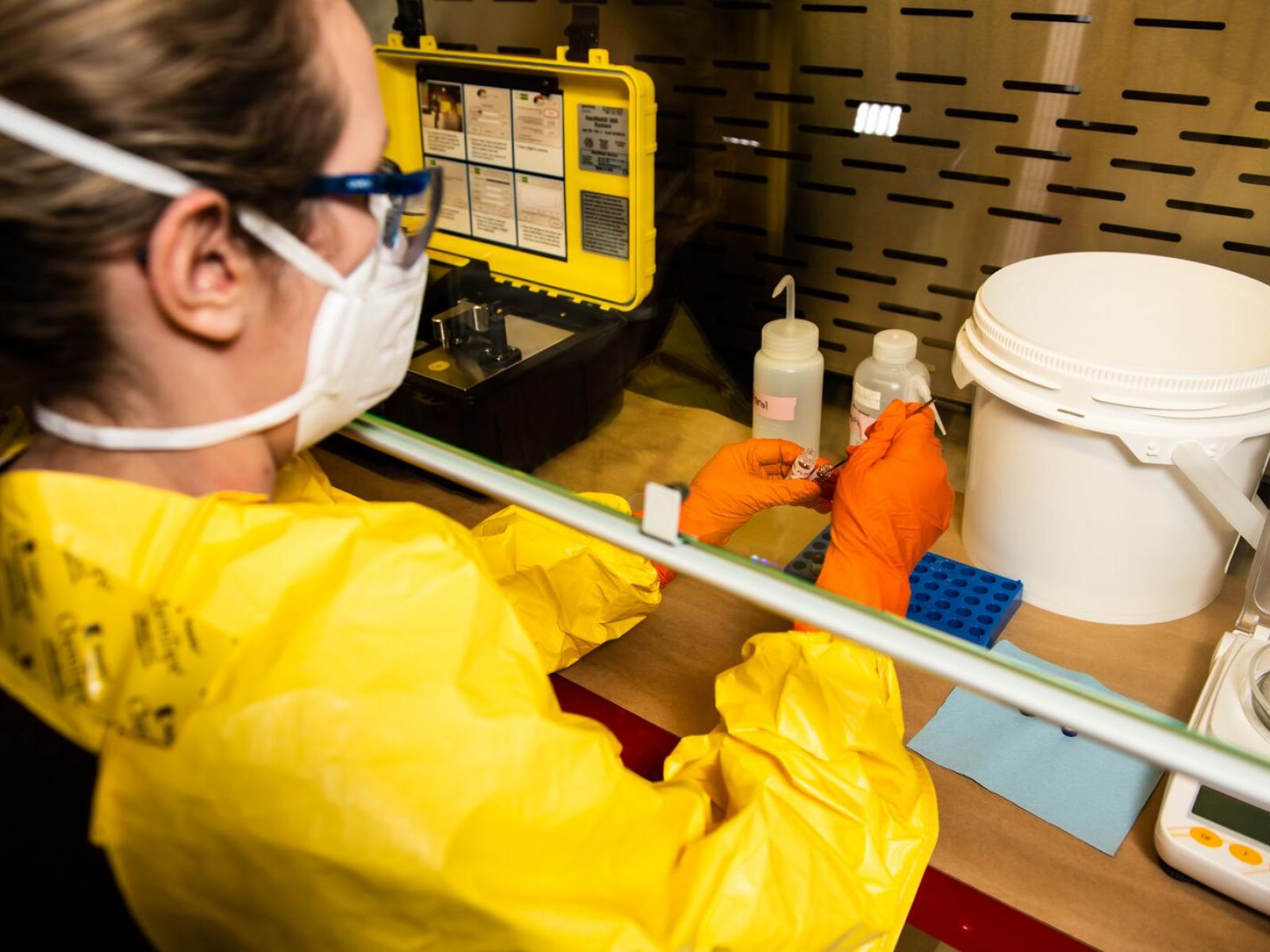
The Department of Homeland Security (DHS) Science and Technology Directorate (S&T) is working with vendors and manufacturers of portable drug detectors to improve their ability to identify different narcotics, like fentanyl. Through collaboration with the Department of Energy’s Pacific Northwest National Laboratory (PNNL), S&T has offered 12 original equipment manufacturers (OEMs) access to collect reference data on 17 commercial-off-the-shelf narcotics detection systems. In return, OEMs will provide an updated version of their libraries to first responders who use their systems.
“Interagency collaboration and engagements with industry like this are critical to ensuring we enrich current detection capabilities to meet the latest trends in narcotics trafficking,” said Dr. Dimitri Kusnezov, DHS Under Secretary for Science and Technology. “Upgrading detection systems to help first responders combat the drug epidemic can make a real difference in ensuring the safety and wellbeing of Americans.”
Narcotics detection systems libraries will be enhanced via the collection of data on approximately 50 restricted substances, primarily related to synthetic opioids like fentanyl, that are scheduled and controlled by the Drug Enforcement Administration. In exchange for this data, OEMs have agreed to provide a free upgrade of their current narcotics detection libraries, in accordance with their end-user agreements, to the federal government, as well as to state, local, tribal, and territorial agencies that already possess a participating system.
“These detection systems are what first responders rely upon in the field,” said Dr. Rosanna Anderson, program manager for S&T’s Opioid/Fentanyl Detection Program. “Providing data-backed test and evaluation to independently validate the reliability and accuracy of these systems, while also enhancing their detection capabilities, is a top priority for the Opioid/Fentanyl Detection Program.”
S&T’s Fentanyl Reference Spectra project was initiated in 2020 and divided into two phases of research and development. Phase 1 consisted of a request for information (RFI), down-selection of candidates based on the responses submitted, and collection of baseline reference data on the 17 systems chosen to participate. Phase 2, which is under way, focuses on rigorous test and evaluation, subjecting the 17 systems equipped with upgraded detection libraries to a series of tests against challenging standards previously developed by PNNL with S&T funding and published by the American Society for Testing and Materials International.
At the conclusion of Phase 2, S&T and PNNL will publish a public report in early fall detailing the results to inform the procurement of field detection systems by DHS components, first responder agencies, and other end-users.

